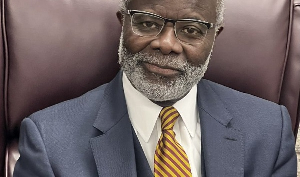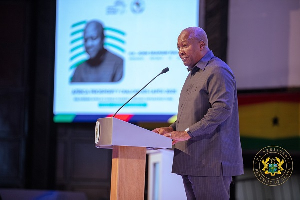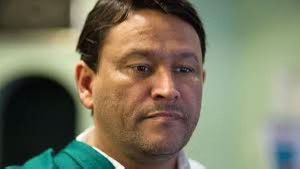The situation at the “Mile Eleven" cemetery off the Kasoa-Winneba road where decomposed bodies were reportedly exposed due to Monday morning's downpour has been given a new twist.
Reacting to the story, the Metropolitan Public Health Director of the Accra Metropolitan Assembly (AMA), Dr Simpson Anim Boateng, contended that the incident was a deliberate action by members of the community to demonstrate their disapproval of mass burial of corpses there.
He said investigations by his department on Tuesday revealed that the grave was dug by the residents whom he had, in the past accused of illegally building there.
According to him, the residents had encroached on the land meant for the cemetery.
Dr Boateng told the Times in an interview that the government in the 1970s acquired 0ver 200 acres of land there for the purpose of burials but the encroachment had left less than only four acres for mass burial.
“These people acquired the land from the chief in the area and are staying there at the risk of their health because most of the people buried there died of highly contagious diseases," he stated,
Dr Boateng, who sounded frustrated, said his department had on numerous occasions advised people against the practice.
"Honestly speaking, national security will have to come in because the situation is beyond me now and the whole township is built on cemeteries, although no single resident can show a permit allowing him or her to build there," he complained.
He said because of the encroachment, only a small piece of land was left for mass burial and that often resulted in digging and exposing of skeletal parts in the process because of the very limited space.
His frustration found further expressing in his complaint that a lot of very influential people in the society had acquired lands there thus making AMA's efforts to bring back sanity to the area very difficult.
Meanwhile, Dr Boateng has led a team to the cemetery to dig a new grave for the reburial of the corpses.
The entire area has also been fumigated.
An official at the Environmental Protection Agency told the Times that they could only make a public statement after they had visited the place.
General News of Saturday, 2 May 2009
Source: Ghanaian Times
















